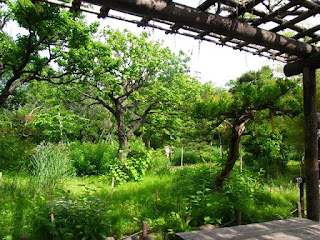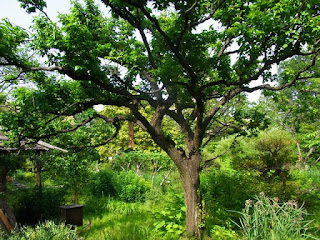oops I mustn't have downloaded the picture... it's gone... but it was a typhoon that actually was no longer a typhoon by the time it reached Tokyo.
It has been raining for days....In the tradition of weather for the headlines, weather for the main, and weather for the weather in the evening news, Friday night's NHK news was interviewing people in the street about how the rain in making it difficult to dry clothes, has resulted in sports cancellations, and is making people feel sticky on the subway etc.
It has been raining for days....In the tradition of weather for the headlines, weather for the main, and weather for the weather in the evening news, Friday night's NHK news was interviewing people in the street about how the rain in making it difficult to dry clothes, has resulted in sports cancellations, and is making people feel sticky on the subway etc.
Typhoons usually come in September-October. It's very unseasonable. Usually typhoons this far north cause little damage, this time is is more of a worry than usual as the nuclear plant in Fukushima appears likely to get heavy rains - and perhaps reasonably strong winds - a situation TEPCO doesn't seem equipped to deal with. The lack of transparency from TEPCO is wearing very very thin. Furthermore, saturated soil is never a good combination with earthquakes......



















































